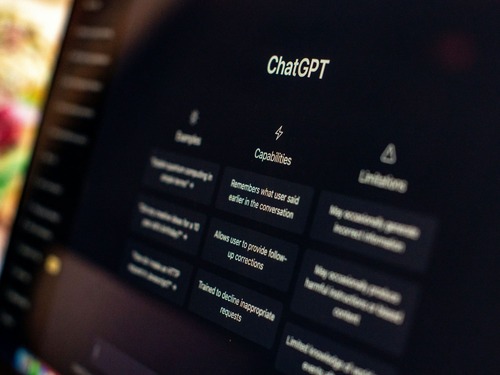How AI is Transforming Prospecting: Save Time, Stay Personal, and Drive Impact
How AI is Transforming Prospecting: Save Time, Stay Personal, and Drive Impact
By Patrick, Title Advisory Group
One of the most common reactions I get when I talk about how I use AI in sales prospecting is:
“Wait—you can do that with AI?”
Yes, you can. And if you’re in sales or business development, using AI isn’t just a futuristic novelty—it’s quickly becoming one of the most practical tools in your outbound toolkit.
Welcome to Rising Tide, where I share real, hands-on strategies to help you prospect smarter and more efficiently.
Why AI Matters in Prospecting
Prospecting is one of the most time-consuming parts of sales. Personalizing outreach, researching leads, understanding pain points—it all adds up.
AI doesn’t replace the human touch, but it can drastically reduce the time you spend getting to that personal connection.
Here’s how you can use AI to create relevant, high-impact outreach in minutes—not hours.
Step 1: Start with a Clear Prompt
Begin with a simple, specific instruction. For example:
“I want to send an introductory email and prepare for a first conversation with [insert LinkedIn profile or executive bio].”
AI can analyze the lead’s background and role based on their public profile, giving you tailored insights right out of the gate.
Step 2: Uncover Their Pain Points
Next, direct the AI to identify potential challenges they’re facing:
“Visit their company website and summarize the key business or sales challenges they’re likely facing that align with what we solve.”
At Title Advisory Group, for example, we focus on addressing sales challenges—so this step helps the AI frame their needs in our context. You can easily tailor this to match your company’s value proposition.
Step 3: Connect Their Needs to Your Solutions
Then, add your own context:
“Based on the challenges identified, explain how [insert your company name and website] can help address these specific issues.”
Now the message becomes relevant and consultative—not just a generic pitch.
Step 4: Articulate the Business Impact
To close the loop, ask the AI to express the value of working with you:
“What is the likely business impact if this company engaged with us?”
This is where you build your impact statement. It’s not about features—it’s about outcomes.
Step 5: Keep It Short, Keep It Human
Finally, tell the AI to keep it concise—under 150 words. For text or mobile-first outreach, try 100 or even 75 words. And always remember: AI is a tool, not a finished product.
Review what it generates. Edit for tone. Add your voice. Avoid overly robotic language and ensure accuracy. Sometimes AI will reference outdated content or misinterpret company data—your oversight is still critical.
Final Thoughts
Over the past few months, AI has helped me save hours every week on research and drafting while making my outbound messaging far more relevant.
The key is to start small, stay specific, and make it your own.
Whether you’re sending cold emails, preparing for a discovery call, or building a new outbound campaign—AI can help you move faster and connect smarter.
Curious how others are using AI in sales? Share your approach—I’d love to learn from your experience.
Patrick
Title Advisory Group



Leave a comment